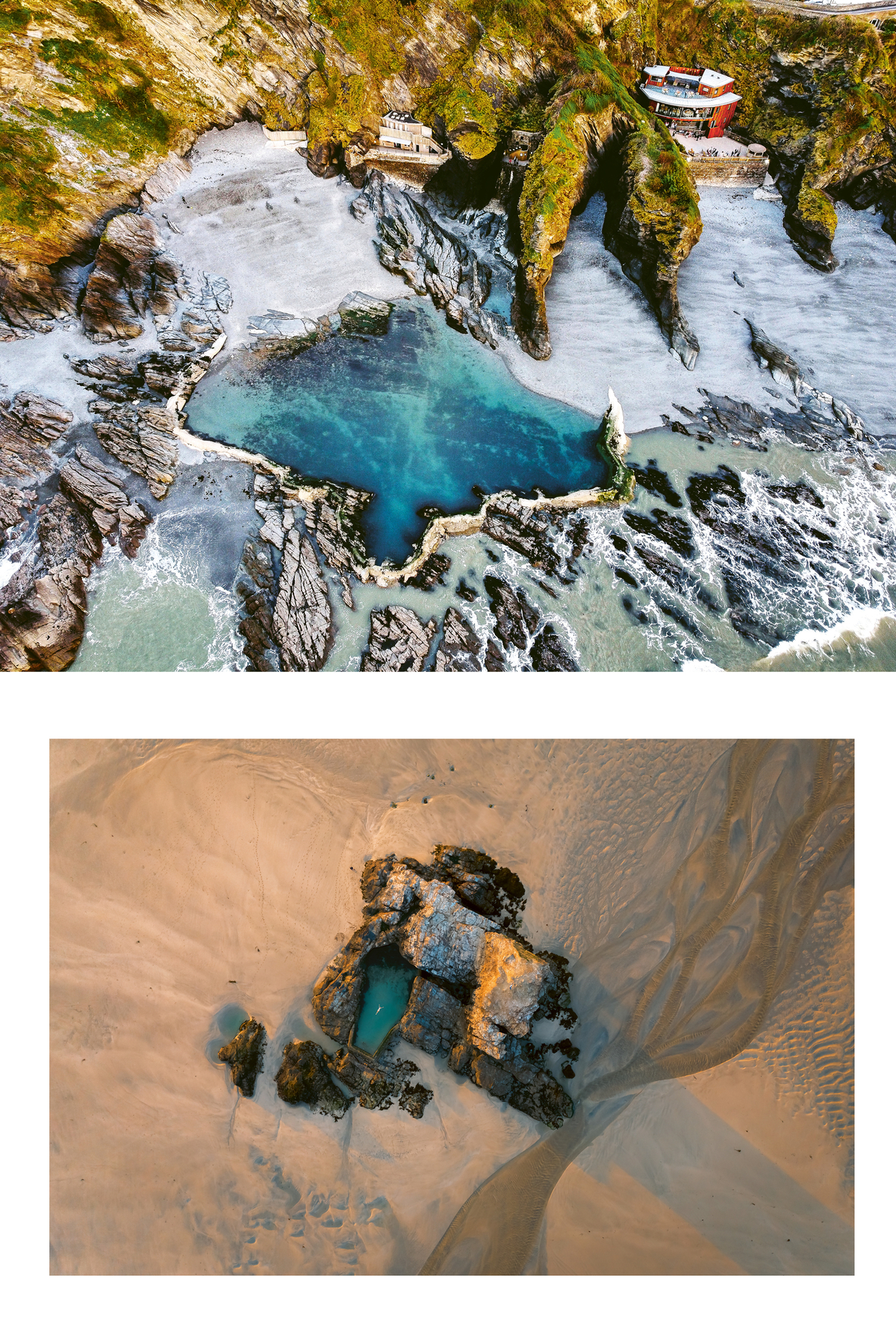In June of 2013, in Switzerland, Chris Romer-Lee happened upon the Zürichsee Kreisel, a wooden ring that floats on the River Limmat, an offshoot of Lake Zurich, and forms a round, freshwater swimming pool. An architect and co-founder of Studio Octopi, Romer-Lee was at that time considering entering an open-call competition to design a development on the River Thames. As Romer-Lee took in the modest yet elegant wooden structure, the phrase “cradled in nature” came to mind. Why shouldn’t natural water be easy to access? Romer-Lee’s entry to the competition, presented a few months later, was a floating lido in central London.

His fascination didn’t end there. As an alternative to chlorine-laden, bacteria-nourishing indoor pools, Romer-Lee has since restored the Grange Lido, a 165-foot seawater pool in Cumbria; the Tarlair Swimming Pool, an abandoned lido on the coast of Scotland; and, most recently, in another Scottish coastal town, the Saltcoats Bathing Pond, a formerly derelict bathing station that hails from the late 1880s.
“There has been a turn away from swimming indoors,” Romer-Lee told The Times of London in 2022. “Much the same happened in the 1930s, with people thinking, ‘Hang on, we’re better off outside than inside.’”
As he went deeper into natural-water design, Romer-Lee studied the convoluted and fascinating history of seawater pools. In 18th-century Australia, James Cook and the Aboriginals made use of Sydney Harbor for food gathering and recreation. They were displaced by colonizers, who plugged the holes in rock pools and used them for bathing. In Victorian-era Britain, bathing facilities became popular when physicians such as Dr. Richard Russell recommended immersion in and consumption of nutrient-rich seawater. In London, the last floating bath opened at Charing Cross in 1875, and in South Africa, which has a notoriously dangerous shoreline, 90 tidal pools have been created over the last two centuries.
In his new book, Sea Pools, Romer-Lee compiles 66 of the world’s most astounding natural rock pools—among them, South Africa’s Monwabisi Resort and Australia’s iconic Wylie’s Baths. Now that the planet is threatened by global warming, his research feels more poignant than ever. “Big or small, thriving or dormant,” Romer-Lee writes, “there’s something about these structures that is both mesmerizing and overlooked.” —Elena Clavarino

Sea Pools: Design and History of the World’s Seawater Pools, by Chris Romer-Lee, will be published on September 5 by Batsford
Elena Clavarino is the Senior Editor at AIR MAIL





